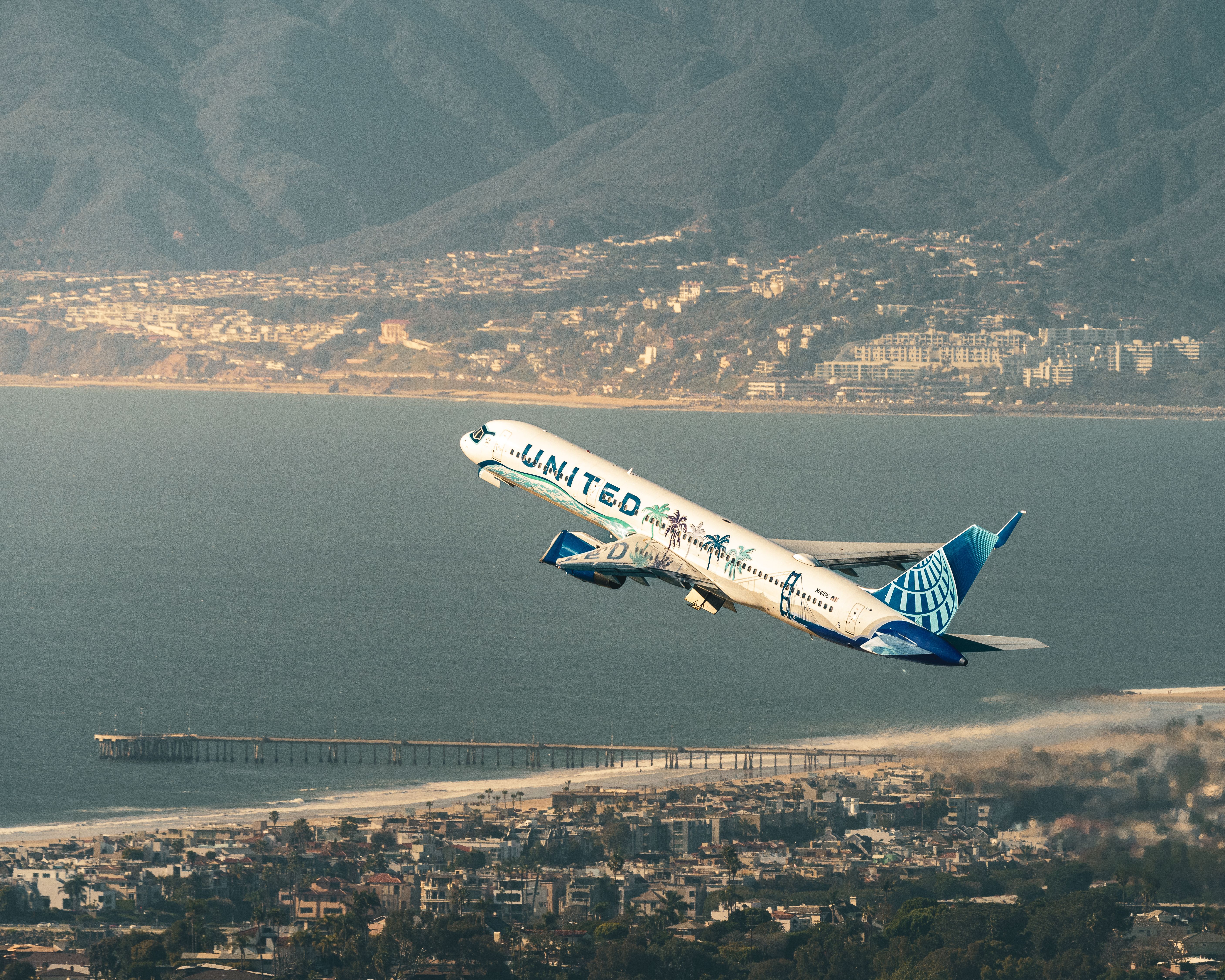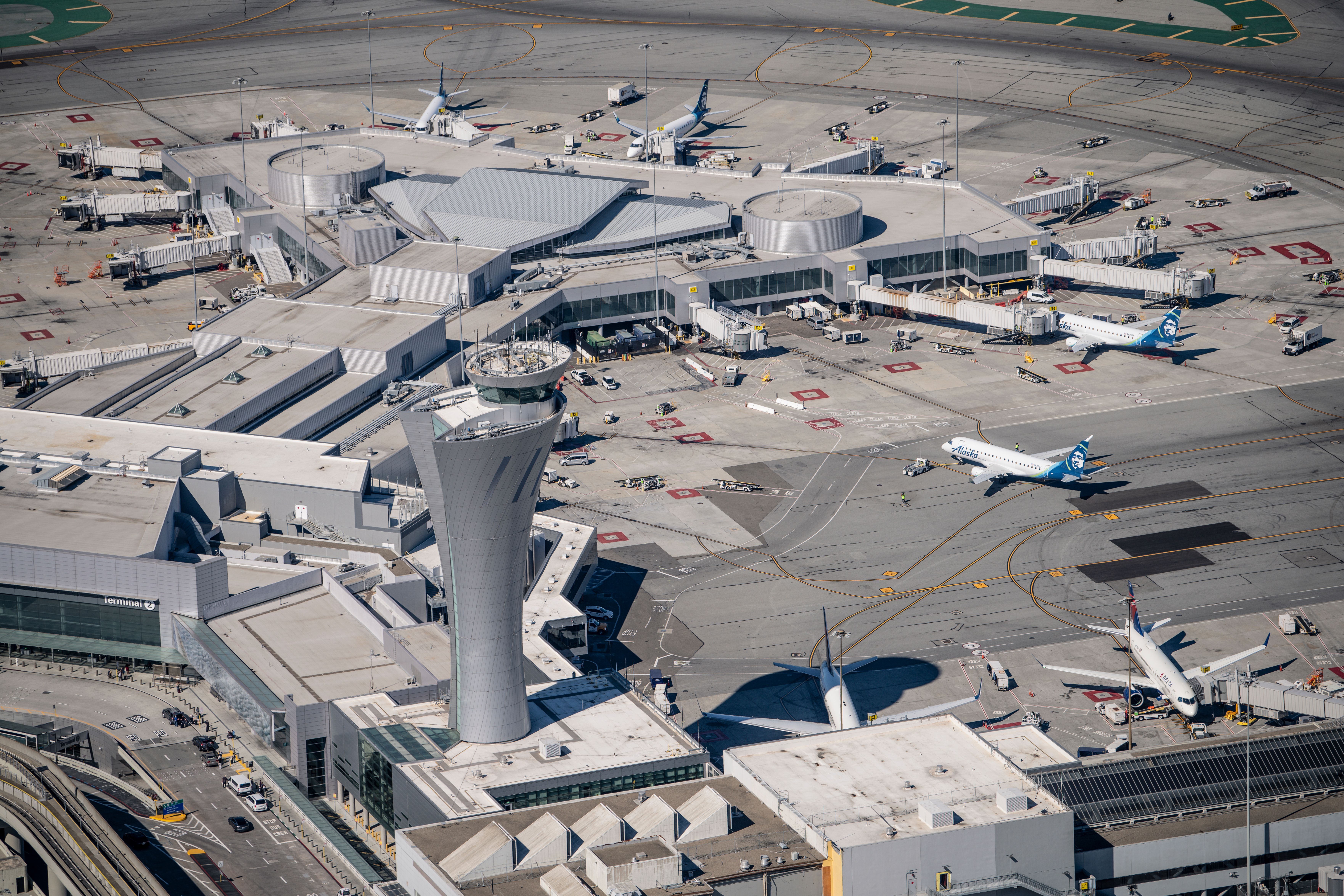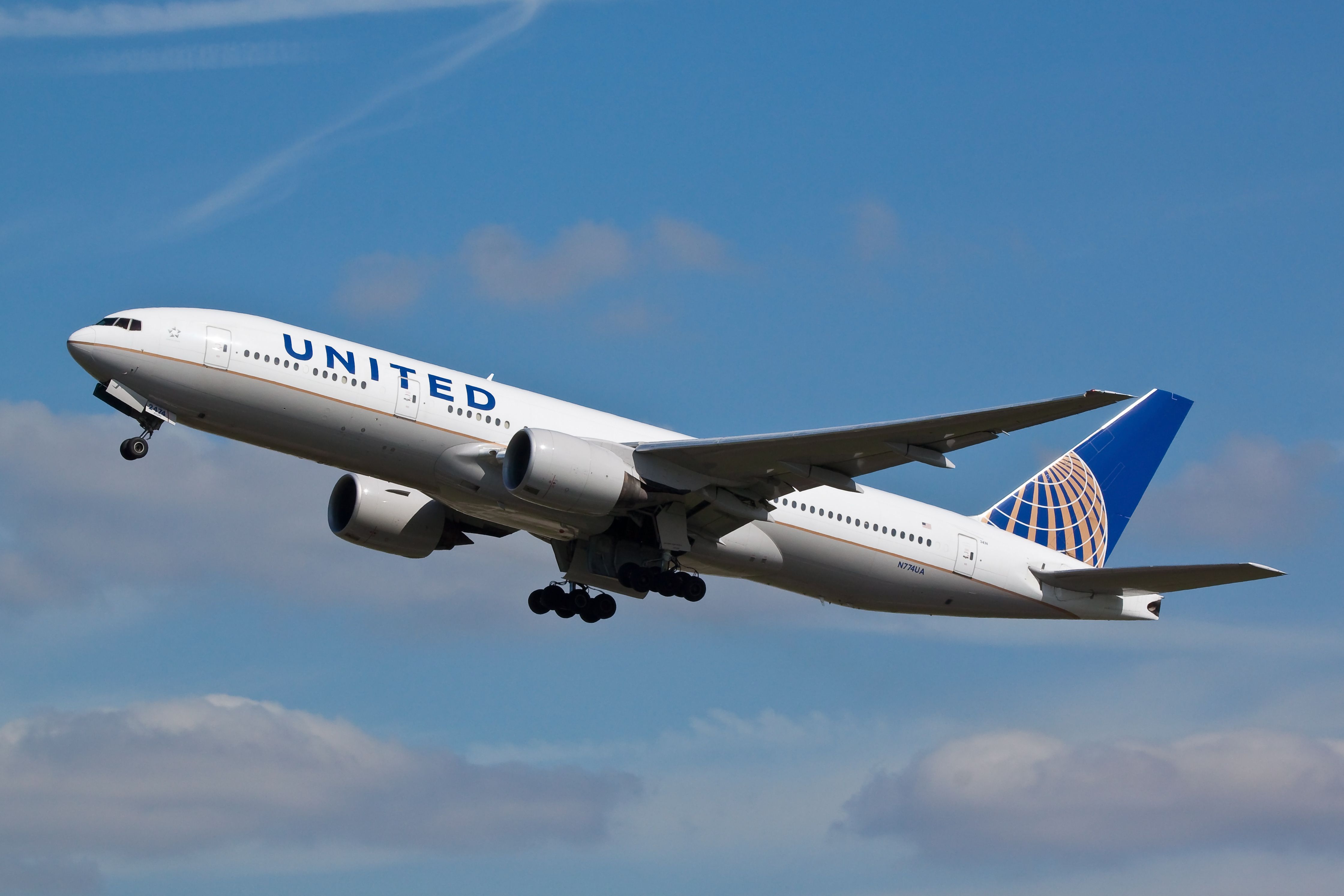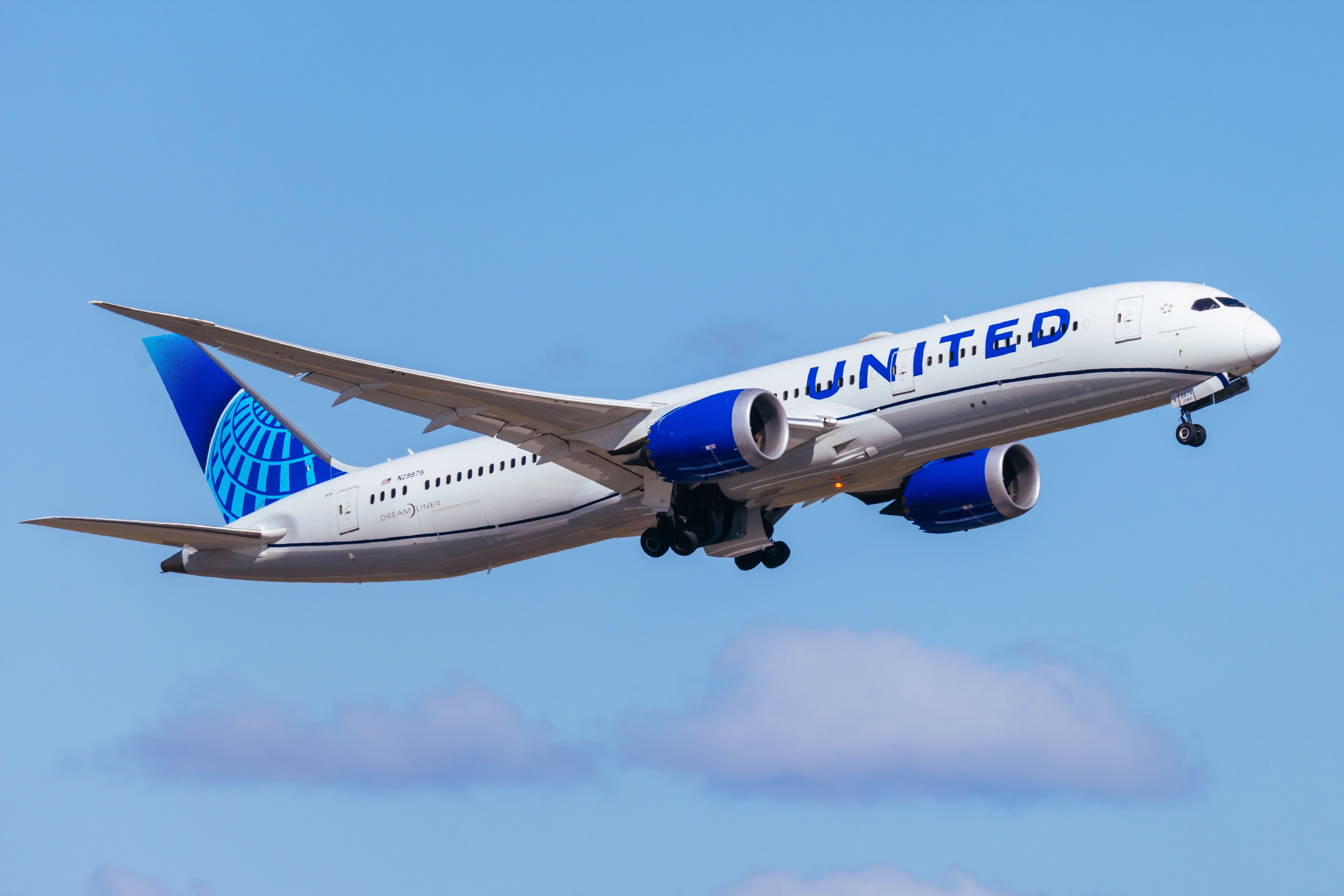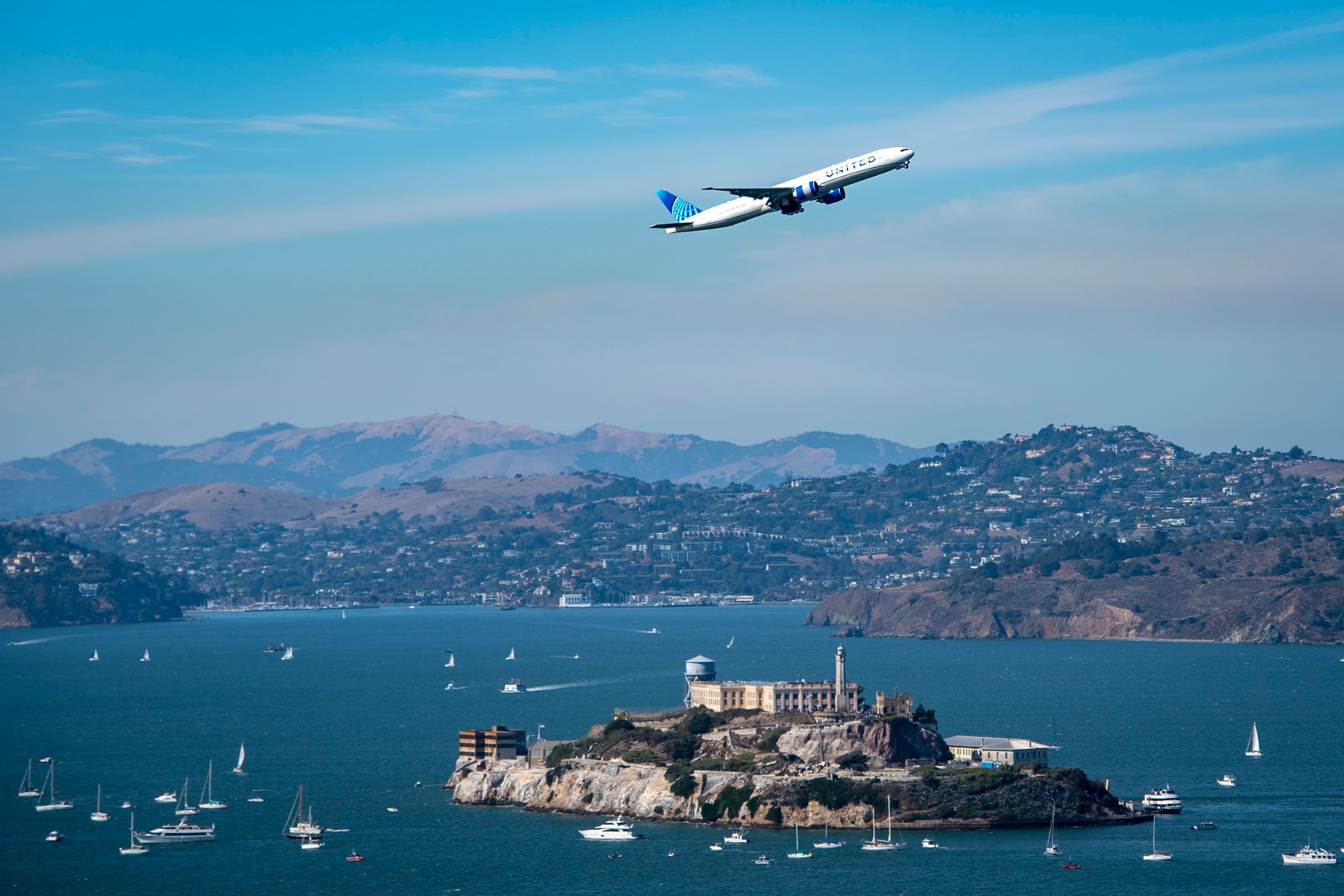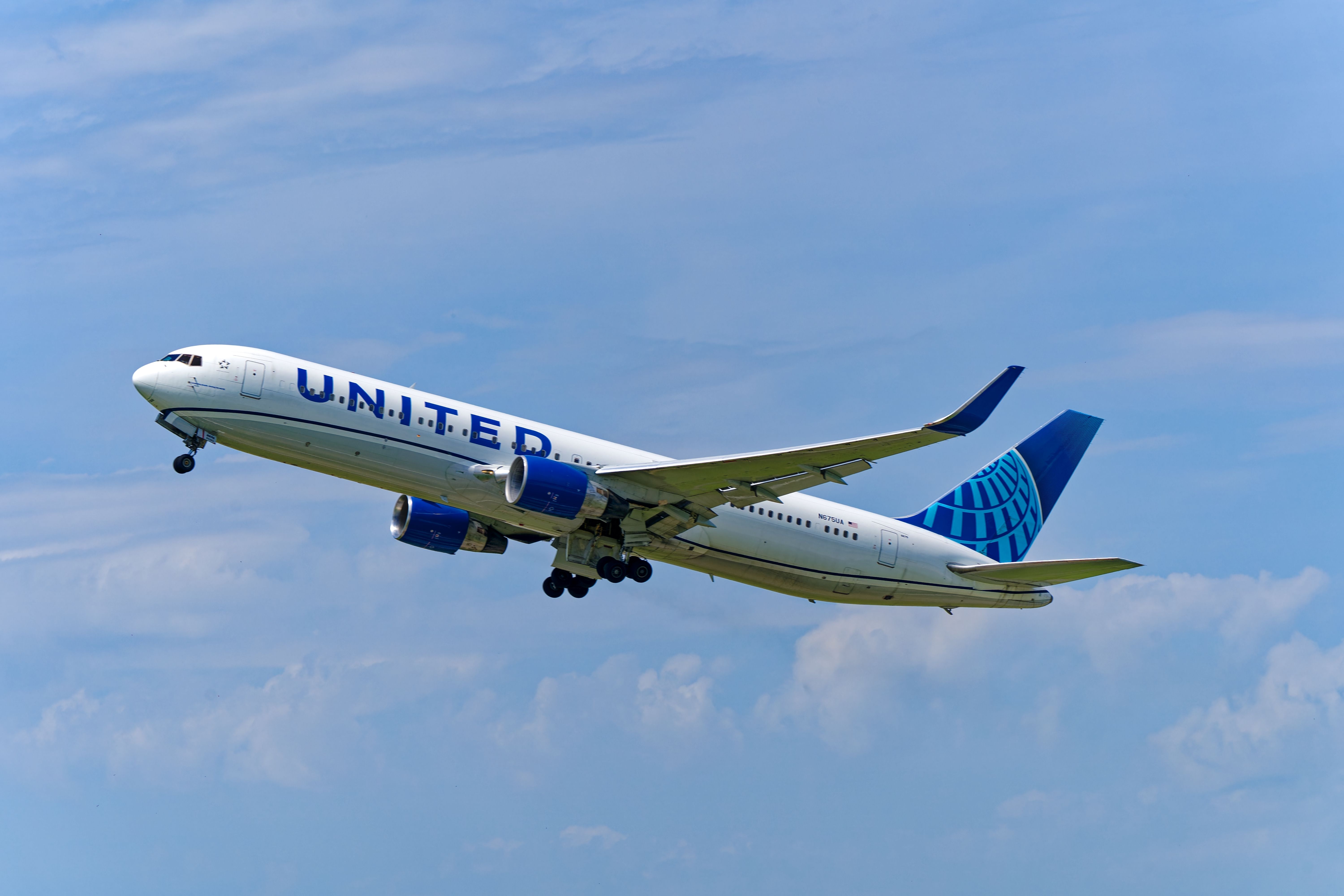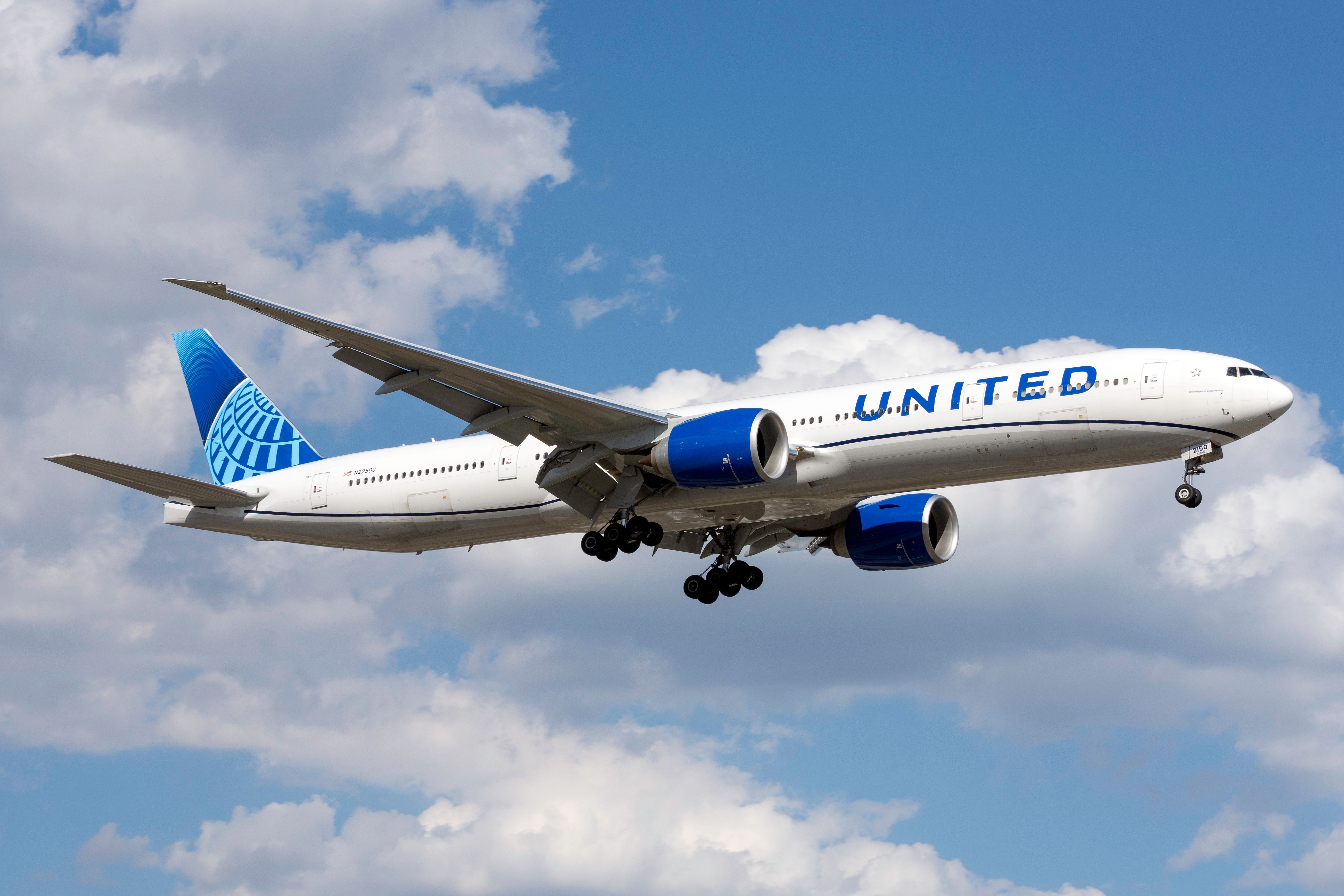
More Than 15% Of United Airlines’ Flights From This Hub Are On Widebodies
San Francisco International Airport
(SFO) first opened its doors in May 1927, and has since grown to become one of the busiest airports in the US and is a major hub for the Star Alliance member United Airlines
. Its location on the West Coast has made it a particularly popular airport for transpacific operations, but the airport also sees domestic services to most major US destinations and a large variety of long-haul routes across the world.
As such, widebody aircraft are a particularly common sight at San Francisco International Airport (SFO), and United Airlines recently revealed that as much as 17% of all its flights departing from the Northern California gateway are operated by widebody aircraft. This article explores United Airlines’ sizeable hub at San Francisco International Airport (SFO), the long-haul routes that the carrier operates, and the passenger experience onboard its most used widebody aircraft.
San Francisco International Airport (SFO)
Photo: San Francisco International Airport
Before looking at the specifics of United Airlines’ widebody operation, what are the busiest routes from San Francisco International Airport (SFO) across all airlines? In 2024, the busiest domestic routes from the airport were:
- Los Angeles (LAX) – 1,339,000 passengers
- Chicago (ORD) – 922,000 passengers
- New York (JFK) – 917,000 passengers
- Denver (DEN) – 872,000 passengers
- Newark (EWR) – 791,000 passengers.
When it comes to international services, the list of busiest routes last year showcases the airport’s wide reach across the globe:
- Taipei Taoyuan (TPE) – 1,341,000 passengers
- London Heathrow (LHR) – 1,036,000 passengers
- Vancouver (YVR) – 795,000 passengers
- Seoul Incheon (ICN) – 716,000 passengers
- Hong Kong (HKG) – 616,000 passengers.
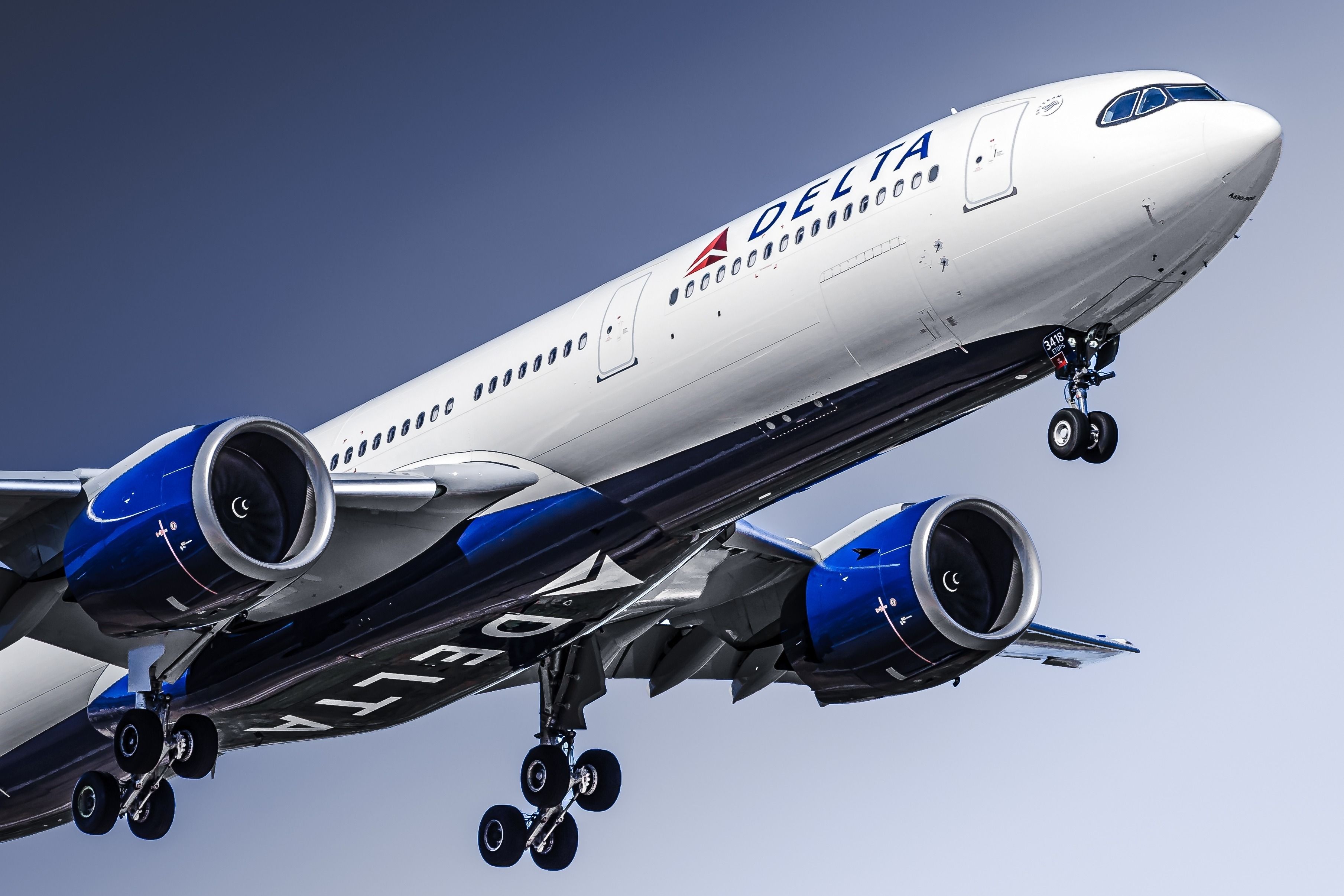
You might also like:
14 Million Passengers: The Top 10 US To Europe Routes In 2024
They had nearly a fifth of all US-Europe passengers.
The Bay Area’s largest airport
With more than 52 million passengers in 2024, San Francisco International Airport (SFO) is by far the busiest airport in the Bay Area, way ahead of both San Jose International Airport (SJC) and Oakland International Airport (OAK), which saw 11.8 million and 11.2 million passengers, respectively, over the same time period.
However, it still has some way to go to catch up to California’s busiest airport – Los Angeles International Airport (LAX), which processed a staggering 76 million passengers in 2024, making it the fifth-busiest airport in the country, just behind Chicago O’Hare International Airport (ORD).
Photo: IanC66 | Shutterstock
San Francisco International Airport (SFO) serves as a major hub for both United Airlines and Alaska Airlines, and between them, the two carriers operate more than 57% of all flights at the airport (in 2024, United Airlines had a 46.8% market share and Alaska Airlines had a 10.4% market share). The five largest carriers by passenger numbers at San Francisco International Airport are listed below:
|
Airline |
Number of passengers |
Market share |
|---|---|---|
|
United Airlines |
24,000,000 |
46.8% |
|
Alaska Airlines |
5,300,000 |
10.4% |
|
Delta Air Lines |
4,200,000 |
8.1% |
|
American Airlines |
3,500,000 |
6.8% |
|
Southwest Airlines |
2,100,000 |
4.0% |
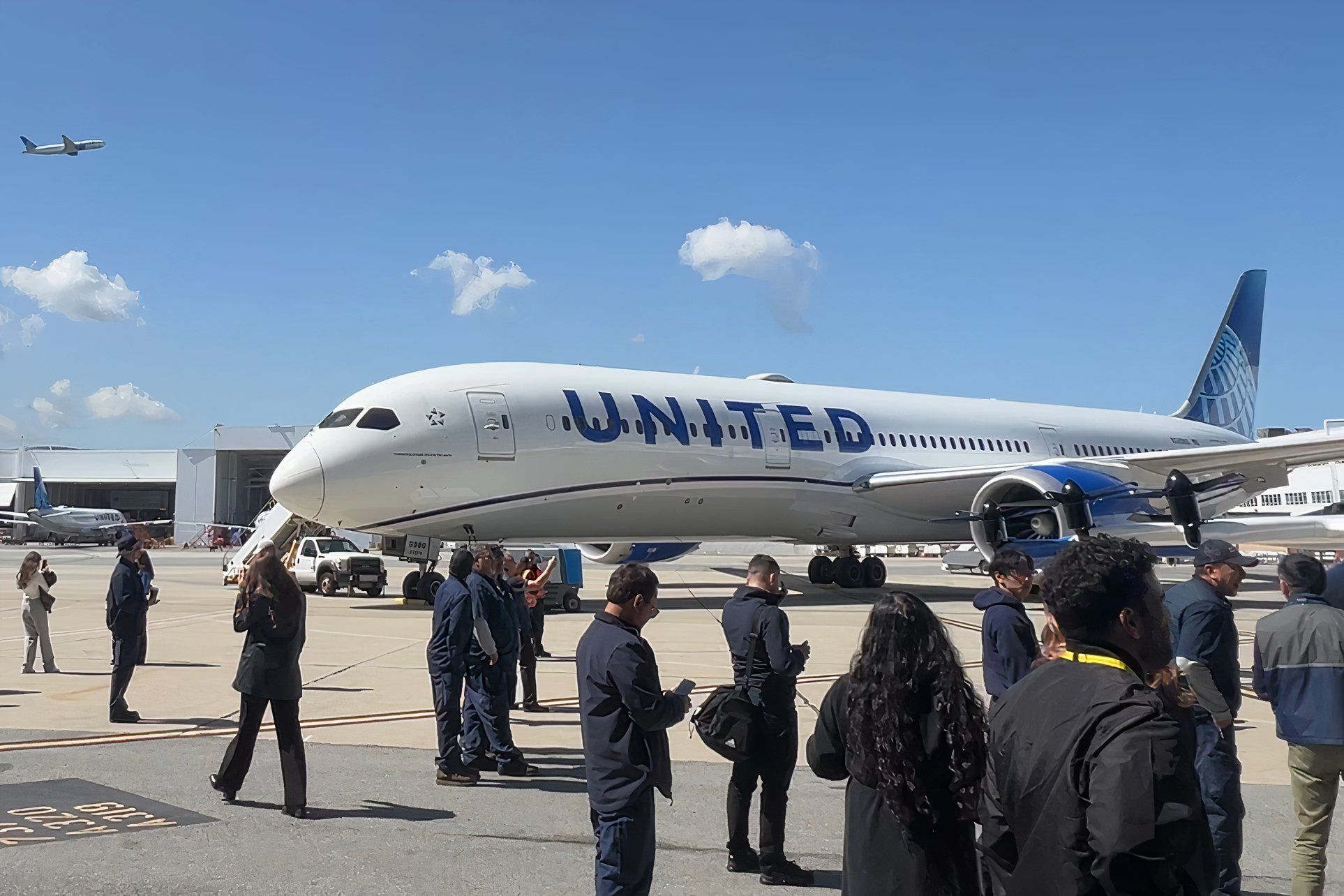
You might also like:
United Airlines Increasing Flights In San Francisco By 20% In Push To Reignite Global Gateway
The carrier will offer nearly five times more seats than its competitors at the hub this summer.
United Airlines at San Francisco International Airport
In April 2025, United Airlines held an event at San Francisco International Airport (SFO) to celebrate its recent achievements at the airport. At the event, United Airlines’ Chief Global Operations Officer, Toby Enqvist, spoke about the carrier’s growth plans at the airport, and celebrated the large proportion of widebody flights it now operates from the hub.
“San Francisco has the largest percentage of widebody operations of all hubs that we serve. 17% of all our flights out of San Francisco are on a widebody. Here in San Francisco, we really focused on [widebody operations] because they are large airplanes with cargo, and they go really, really far. It takes a little extra TLC to get those big birds out on time.”
Photo: Filed Image | Shutterstock
United Airlines’ extensive long-haul network from San Francisco International Airport (SFO) reaches destinations as far away as Melbourne (MEL), Hong Kong (HKG), Singapore (SIN), and Rome Fiumicino (FCO). United Airlines’ widebody routes from San Francisco International Airport (SFO) in April 2025 are summarized in the table below:
|
Route |
Aircraft |
Number of flights |
|---|---|---|
|
San Francisco (SFO) – Newark (EWR) |
Boeing 777-200ER, Boeing 777-300ER, Boeing 787-9 |
150 |
|
San Francisco (SFO) – London Heathrow (LHR) |
Boeing 777-200ER |
90 |
|
San Francisco (SFO) – Hong Kong (HKG) |
Boeing 777-300ER |
60 |
|
San Francisco (SFO) – Honolulu (HNL) |
Boeing 777-200ER, Boeing 777-300ER |
90 |
|
San Francisco (SFO) – Seoul Incheon (ICN) |
Boeing 787-9 |
60 |
|
San Francisco (SFO) – Singapore (SIN) |
Boeing 787-9 |
60 |
|
San Francisco (SFO) – Frankfurt (FRA) |
Boeing 777-200ER, Boeing 777-300ER |
60 |
|
San Francisco (SFO) – Taipei (TPE) |
Boeing 777-200ER, Boeing 777-300ER |
60 |
|
San Francisco (SFO) – Amsterdam (AMS) |
Boeing 777-200ER |
30 |
|
San Francisco (SFO) – Brisbane (BNE) |
Boeing 777-200ER |
30 |
|
San Francisco (SFO) – Paris Charles de Gaulle (CDG) |
Boeing 777-200ER |
30 |
|
San Francisco (SFO) – Denver (DEN) |
Boeing 777-200ER |
30 |
|
San Francisco (SFO) – Tokyo Haneda (HND) |
Boeing 777-200ER |
30 |
|
San Francisco (SFO) – Houston (IAH) |
Boeing 777-200ER |
30 |
|
San Francisco (SFO) – Osaka Kansai (KIX) |
Boeing 777-200ER |
30 |
|
San Francisco (SFO) – Melbourne (MEL) |
Boeing 787-9 |
30 |
|
San Francisco (SFO) – Manila (MNL) |
Boeing 777-300ER |
30 |
|
San Francisco (SFO) – Munich (MUC) |
Boeing 777-200ER |
30 |
|
San Francisco (SFO) – Tokyo Narita (NRT) |
Boeing 777-200ER |
30 |
|
San Francisco (SFO) – Chicago (ORD) |
Boeing 777-200ER |
30 |
|
San Francisco (SFO) – Beijing (PEK) |
Boeing 777-200ER |
30 |
|
San Francisco (SFO) – Shanghai (PVG) |
Boeing 777-300ER |
30 |
|
San Francisco (SFO) – Sydney (SYD) |
Boeing 777-200ER |
30 |
|
San Francisco (SFO) – Washington (IAD) |
Boeing 787-9 |
29 |
|
San Francisco (SFO) – Rome (FCO) |
Boeing 777-200ER |
25 |
|
San Francisco (SFO) – Papeete (PPT) |
Boeing 787-9 |
21 |
|
San Francisco (SFO) – Auckland (AKL) |
Boeing 777-200ER |
13 |
Further widebody expansion
In a sign of the strength of the carrier’s hub, United Airlines recently announced its plans to increase capacity on its flights between San Francisco International Airport (SFO) and Manila Ninoy Aquino International Airport (MNL) by operating a second daily service on the route.
Both flights will be operated by the Boeing 777-300ER, bringing the total passenger capacity in each direction to 700 per day. The carrier will also begin flights from San Francisco International Airport (SFO) to Adelaide Airport (ADL), becoming the first US carrier to operate direct flights to the South Australian city.
Photo: US Navy | Mass Communication Specialist 2nd Class Leon Vonguye
US airlines have doubled down on growth in Australia over recent years, with four airports across the country now seeing scheduled non-stop flights – Sydney (SYD), Melbourne (MEL), Brisbane (BNE), and Adelaide (ADL).
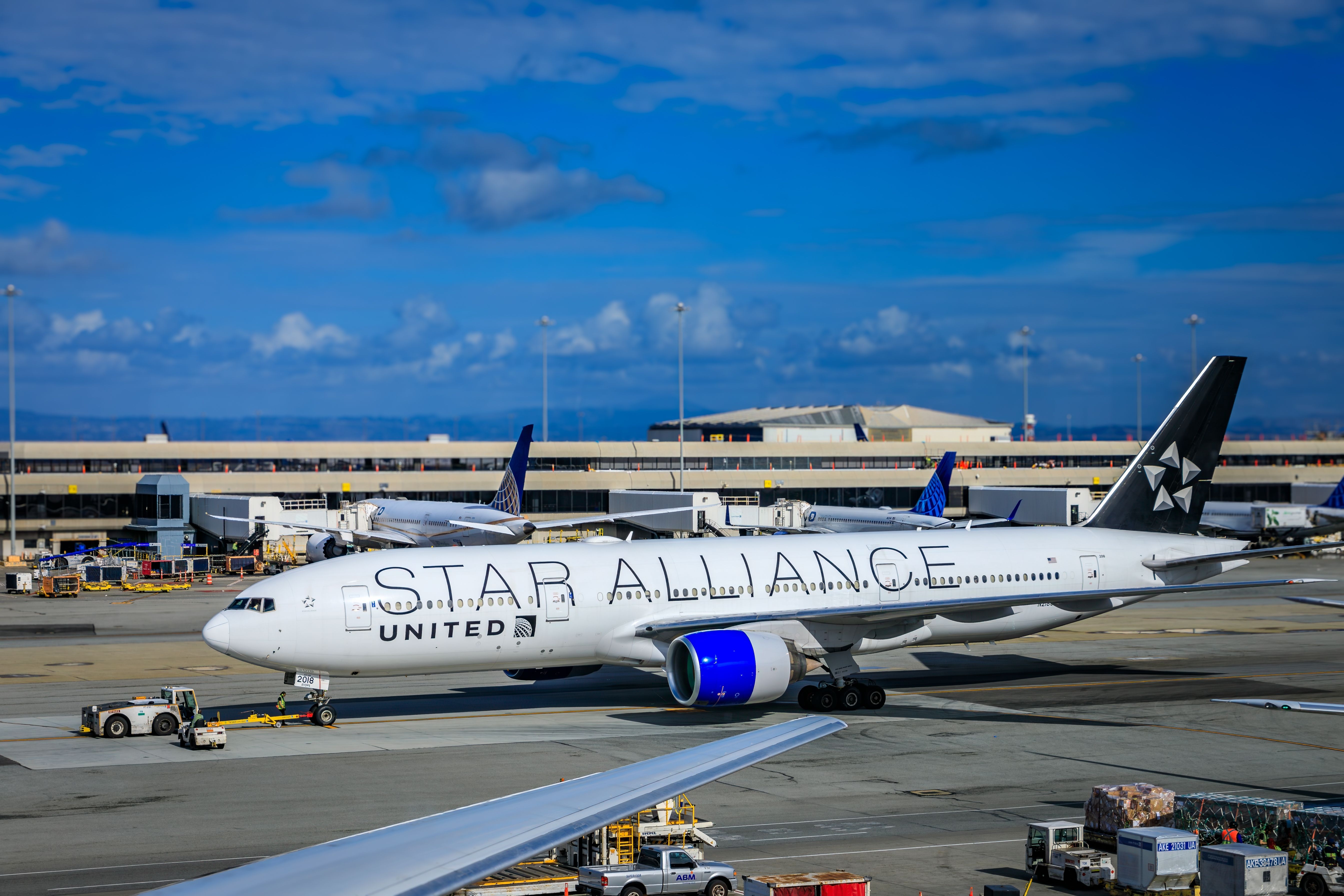
You might also like:
United Airlines Adds Capacity On 2 Long Haul Routes From San Francisco
In July, United Airlines will also offer four new routes from San Francisco that it had not flown during the same month in 2024.
United Airlines’ widebody fleet
The latest data from ch-aviation shows that United Airlines operates a total of 225 widebody aircraft, made up of the following:
- Boeing 767-300ER x 37
- Boeing 767-400ER x 16
- Boeing 777-200 x 19
- Boeing 777-200ER x 55
- Boeing 777-300ER x 22
- Boeing 787-8 x 12
- Boeing 787-9 x 43
- Boeing 787-10 x 21.
The carrier’s widebody fleet is set to grow significantly over the coming years, with the arrival of 45 Airbus A350-900s and a staggering 145 Boeing 787s, although some of these will be used to replace the carrier’s older aircraft, such as the Boeing 767s and 777s.
Photo: Michael Derrer Fuchs | Shutterstock
Taking the three widebody aircraft seen at San Francisco International Airport (SFO) – the Boeing 777-200ER, Boeing 777-300ER, and Boeing 787-9 – what can passengers expect onboard? United Airlines’ Boeing 777-200ERs feature two different configurations for either domestic or international operations. These are outlined in the table below:
|
Configuration |
Business class |
Premium economy |
Economy class (extra legroom) |
Economy class |
Total |
|---|---|---|---|---|---|
|
Domestic |
32 |
– |
124 |
206 |
362 |
|
International |
50 |
24 |
46 |
156 |
276 |
United Airlines’ Boeing 777-300ERs and 787-9s
The Boeing 777-300ER features the most business class seats of any of the aircraft types in United Airlines’ fleet, with 60 lie-flat beds arranged in a 1-2-1 configuration. The 777-300ER can also accommodate up to 24 passengers in premium economy and 266 in economy class (including 62 extra legroom seats), giving the aircraft a maximum capacity of 350 passengers.
Photo: Vincenzo Pace | Simple Flying
Meanwhile, United Airlines’ 43 Boeing 787-9s can each carry up to a maximum of 257 passengers in a three-class configuration – 48 in business class, 21 in premium economy, and 188 in economy class (including 39 extra legroom seats). Away from San Francisco International Airport (SFO), flight tracking data from Flightradar24 shows that routes recently operated by United Airlines’ 787-9s include:
- Chicago (ORD) – Frankfurt (FRA)
- Los Angeles (LAX) – Sydney (SYD)
- Houston (IAH) – Tokyo Narita (NRT)
- Denver (DEN) – Frankfurt (FRA)
- Newark (EWR) – Delhi (DEL)
- Los Angeles (LAX) – Hong Kong (HKG).
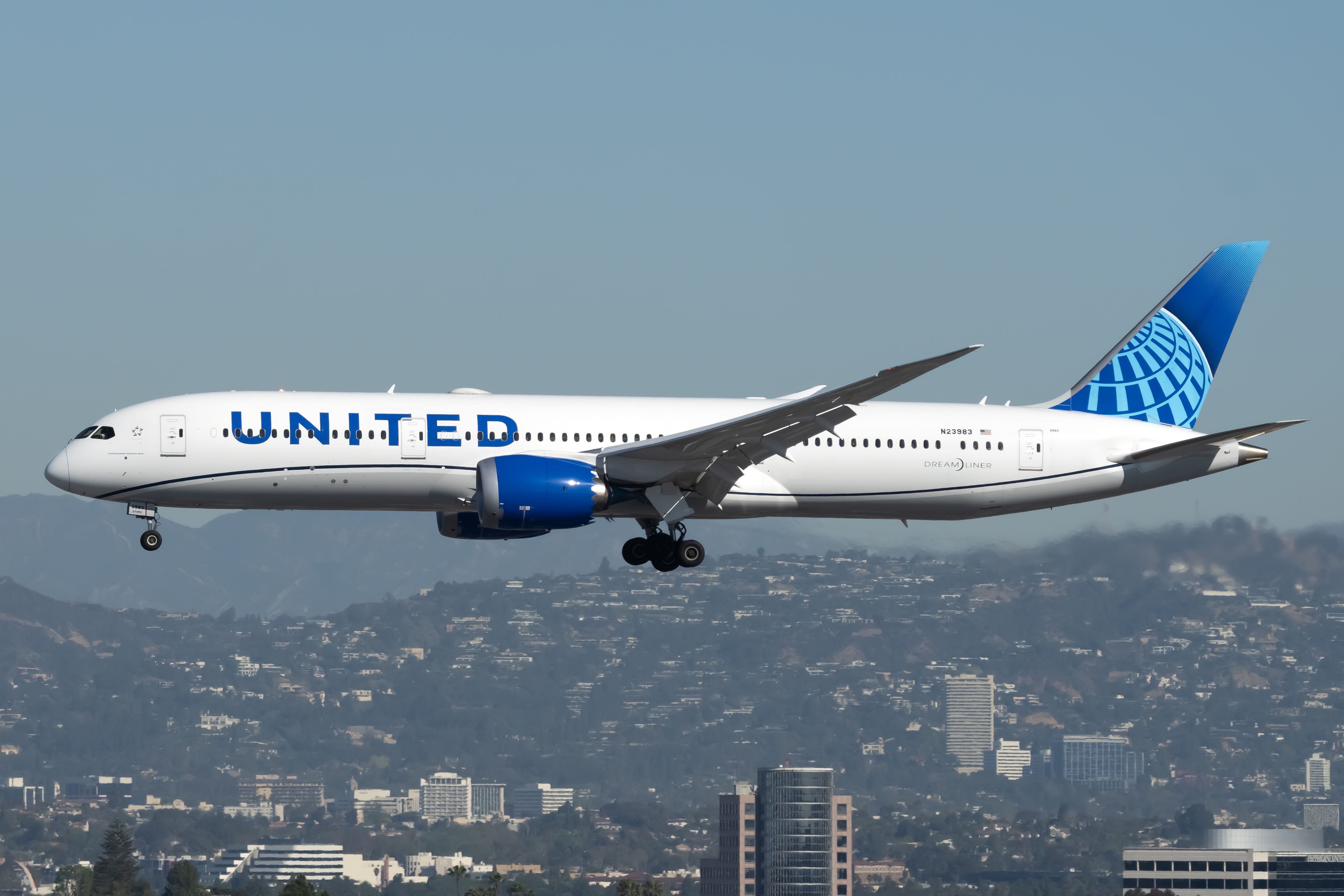
You might also like:
United Airlines Takes Delivery Of 43rd Boeing 787-9 Dreamliner
United Airlines has added its 43rd Boeing 787-9 to its fleet.
Can such widebody growth continue?
With a staggering 17% of its flights operated by widebody aircraft, United Airlines has strengthened its position as by far the dominant carrier at San Francisco International Airport (SFO). The Star Alliance carrier’s long-haul route network from the Northern California airport is staggering, particularly when looking at its reach across the Pacific.
It remains to be seen if such growth will continue in the face of heightened economic insecurity on a global level, but one thing is for sure, the scale of United Airlines’ widebody operation at San Francisco International Airport (SFO) has to be seen to be believed.
In the short term, at least, enhancing services on routes like San Francisco – Manila and launching flights to new destinations in United Airlines’ network like Adelaide is bound to instill confidence in the market.
